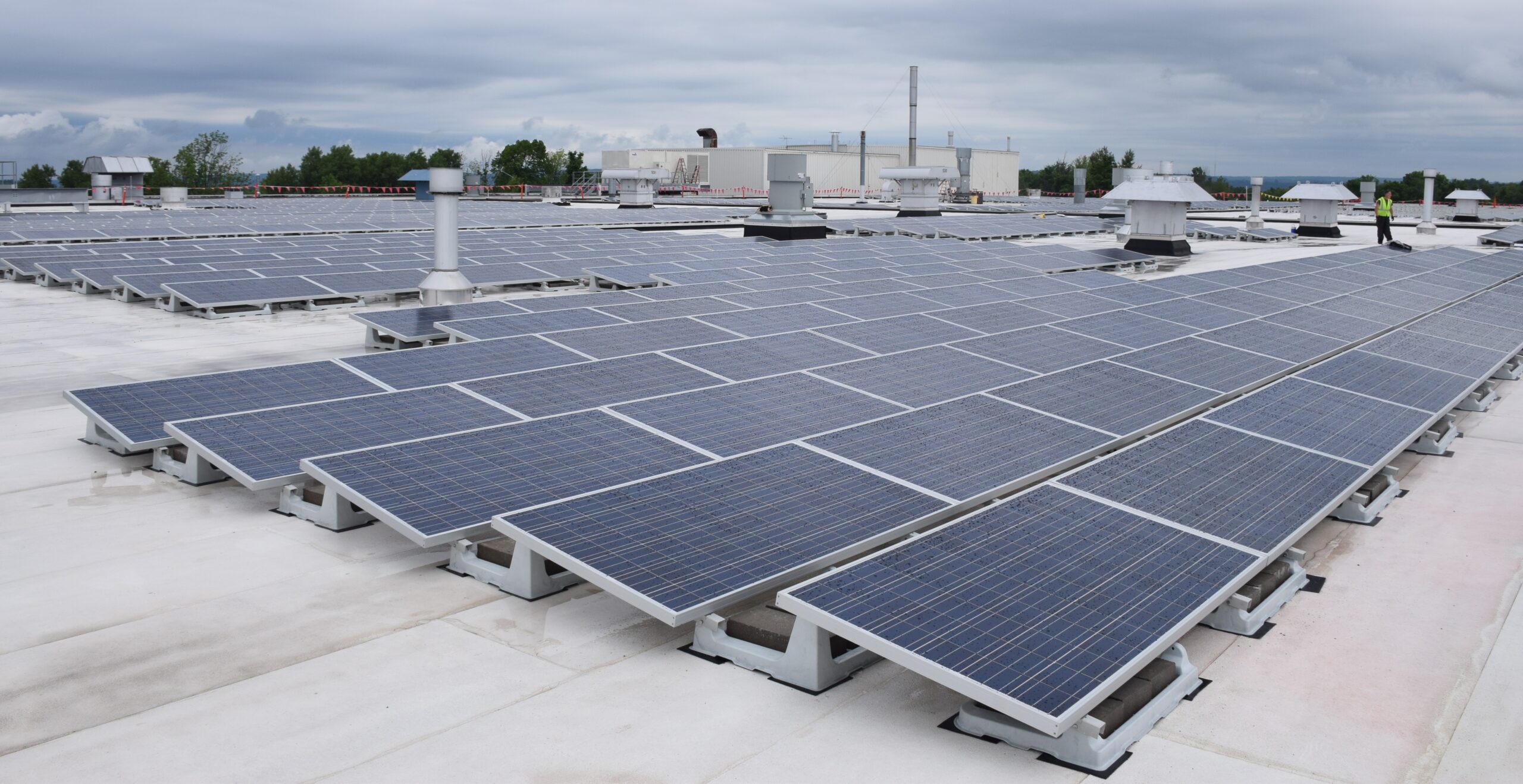Will Going Solar Cut Electrical Costs in 2025?

Solar installation companies are noticing more and more of their customers are considering going solar this year. With utility prices climbing and more solar incentives available than ever, more homeowners in solar-friendly states are making the switch.
But one big question remains: Does going solar actually lower homeowners’ electric bills?
5 Factors To Consider
Many solar installation companies address these questions with homeowners looking to install a solar panel system. They often assume they’ll have near-zero electricity bills, so it’s important to help them understand that not every home (or state) has the same solar experience.
Here are the main factors that affect how much homeowners can expect to save:
- Sunlight exposure: More sun means more power. States like Arizona and Nevada get abundant year-round sunshine, making solar panels particularly effective. Even regions like Texas, North Carolina, and Georgia pack plenty of solar potential with their generally sunny weather.
- Local incentives: Not all states hand out solar perks equally. In places like Connecticut, Maryland, and New York, rebates and tax credits can knock thousands of dollars off the cost of solar installation.
- Electricity rates: The higher their current electric bill, the more homeowners stand to save. People in New Jersey, New York, and Connecticut — where rates are higher than the national average — tend to see bigger payoffs faster.
- Net metering rules: Net metering lets people send excess power to the grid and earn credits on their bill. Policies vary by state, but when it’s available, a homeowner’s meter can run backward on sunny days.
- Roof type and space: A large, south-facing, shade-free roof is prime real estate for solar panels. If someone’s home has limited space or a flat roof, no worries — mounting systems are available just for that.
Solar Energy Will Usually Reduce Energy Bills
Depending on the factors mentioned above, system size, and power usage, most homeowners see electricity cost reductions between 50% and 90%.
Incentives like net metering further add to the savings. On sunny days, when their system makes more electricity than they need, they can sell the extra energy back to the utility company. This allows them to draw on account credits at night or on cloudy days instead of digging deeper into their wallet.
Even if your customers finance their systems, the monthly payment is often lower than their previous electric bill. This saves them money from day one without having to pay the full cost upfront. Once their system is paid off, the electricity it produces is essentially free for the rest of the panels’ lifespan.
Solar Installation Costs Vary
The average cost for a residential solar setup hovers between $24,000 and $36,000 before tax credits. After factoring in the federal Residential Clean Energy Credit, the price drops by 30%. And some states offer even more savings on top of that.
Arizona, Georgia, and North Carolina have some of the lowest system costs because of favorable climates and competitive solar markets. On the other hand, New York and Connecticut tend to cost more upfront — but remember, higher electricity rates in these states mean homeowners reach payback faster.
Of course, financing options like solar loans, leases, and power purchase agreements (PPAs) make going solar more accessible. Your solar customers likely don’t need to write a giant check upfront to start saving.
American-Made Products May Reduce Costs
Here’s a bonus many companies overlook: Choosing American-made solar components can unlock extra tax savings. Under current guidelines, commercial and utility-scale projects may qualify for a 10-percentage-point bonus on their federal tax credits if they meet certain domestic content requirements and satisfy other conditions.
Homeowners can’t claim the domestic content bonus, but U.S.-made solar products can still help their budget by avoiding international tariffs. Imported solar components are hit with added fees that drive up system costs. Domestic products bypass tariffs, provide faster shipping, and simplify tech support.
Why Solar Installers Should Choose DynoRaxx Products
DynoRaxx has been manufacturing high-performance solar mounting systems in the U.S. since 2007. Our Evolution® Flat Roof System makes flat-roof solar installations clean and easy. DynoBond® simplifies grounding with a toolless setup that saves time on-site.
The Wire Pocket helps organize and protect cables for neatness and code compliance. All our products are UL 467 and UL 2703-compliant and designed for solar installers who want the job done right the first time.
Contact us today for help streamlining your next solar installation projects.



